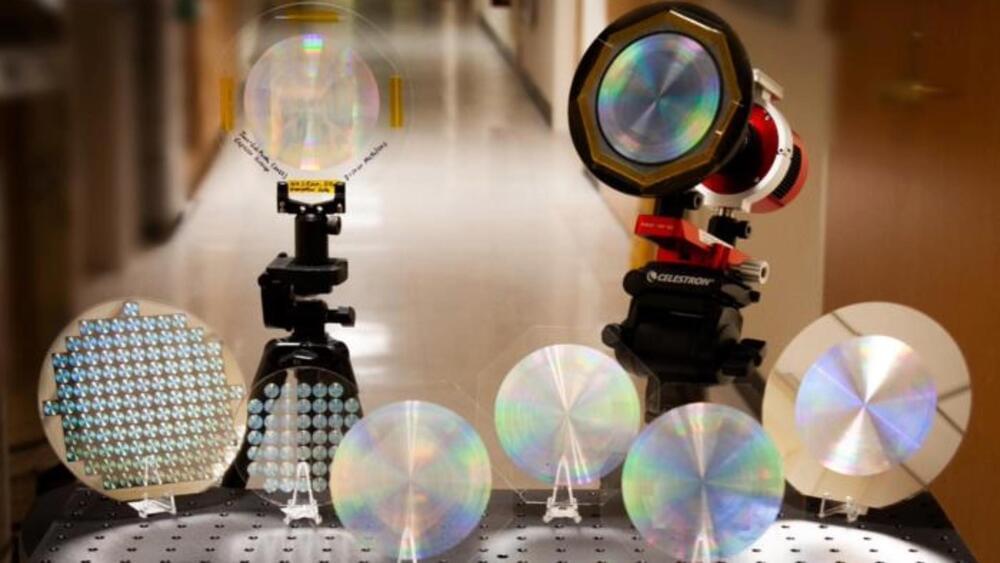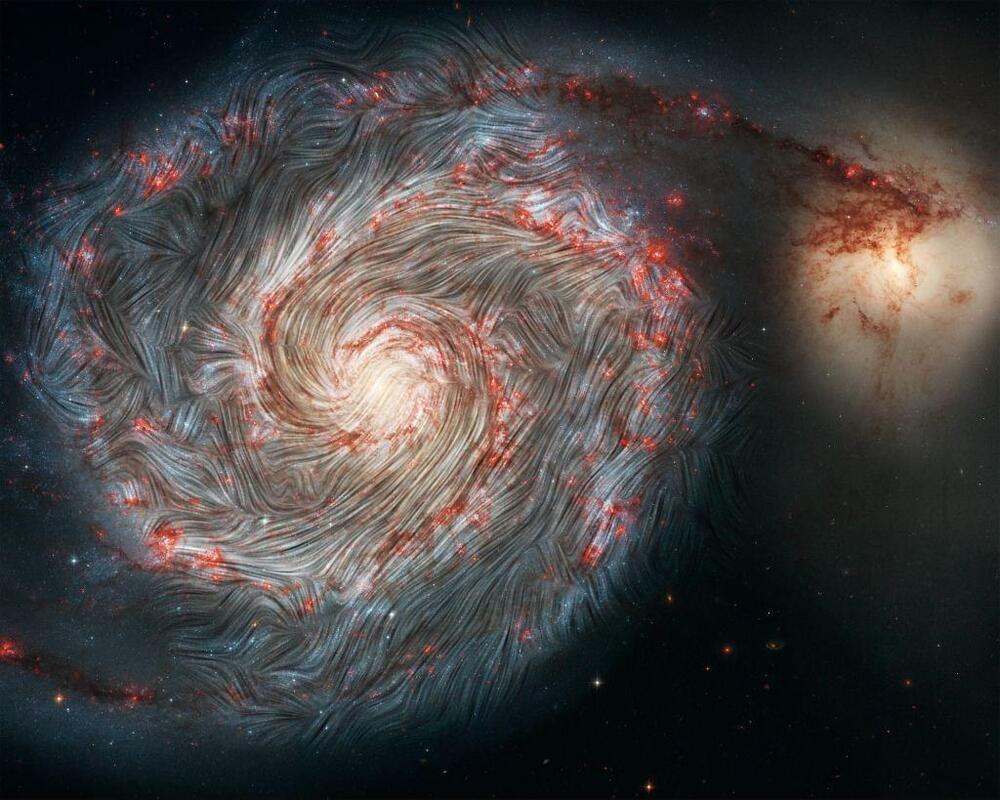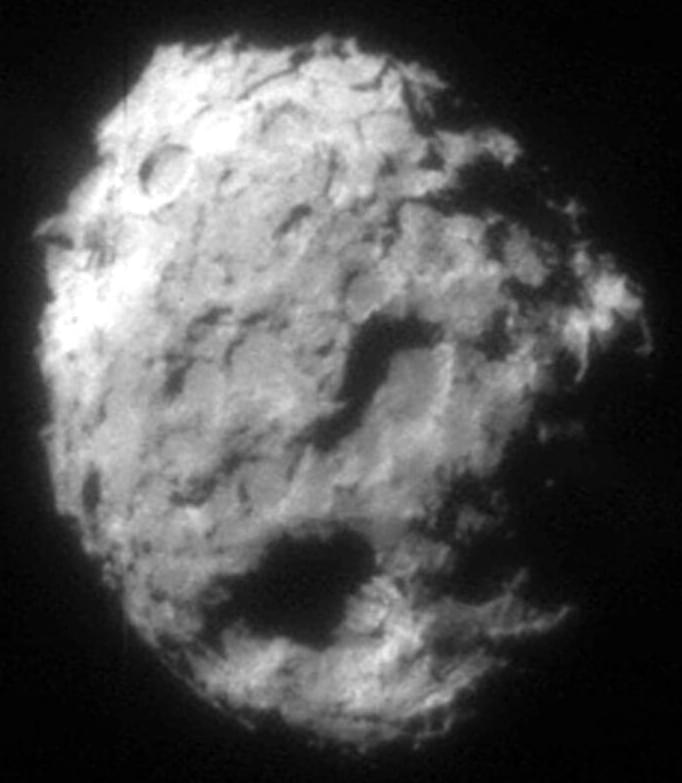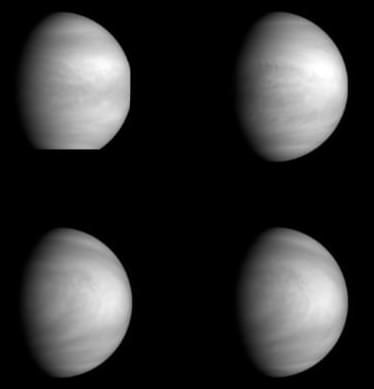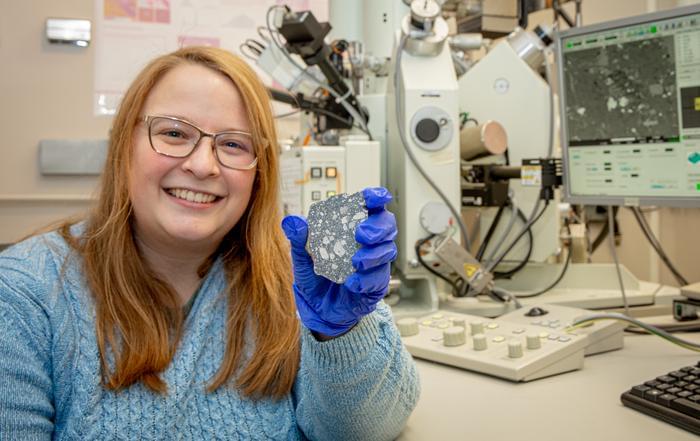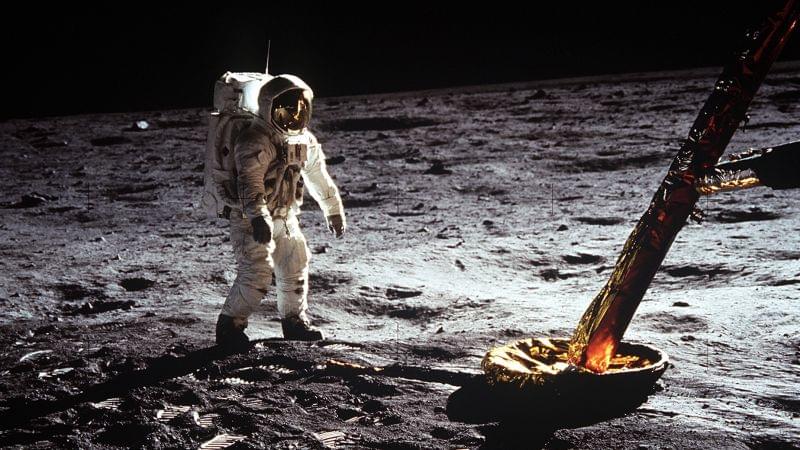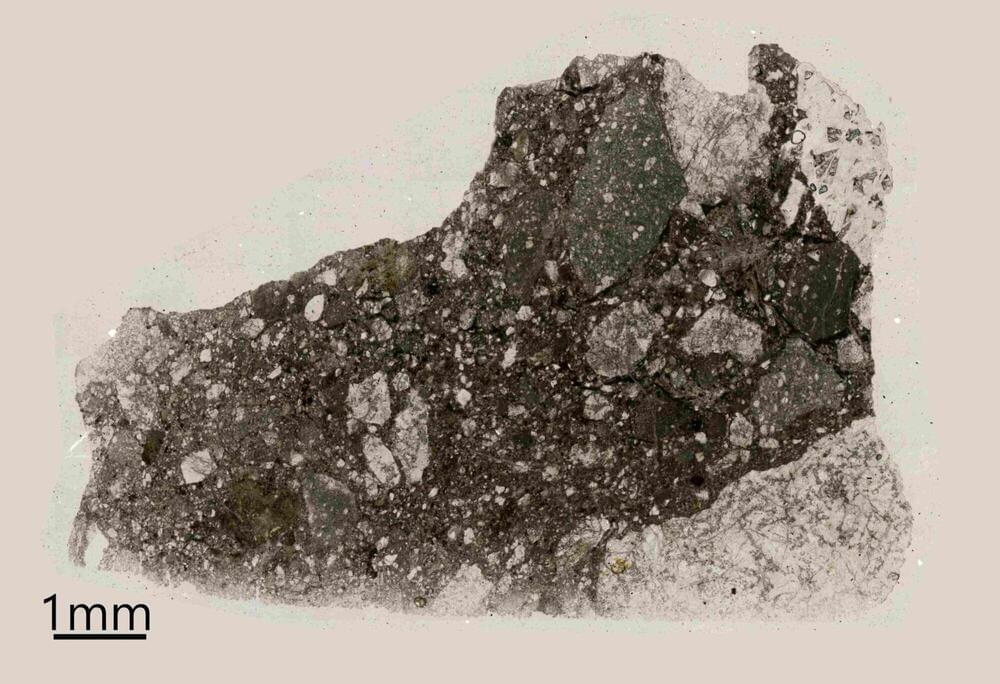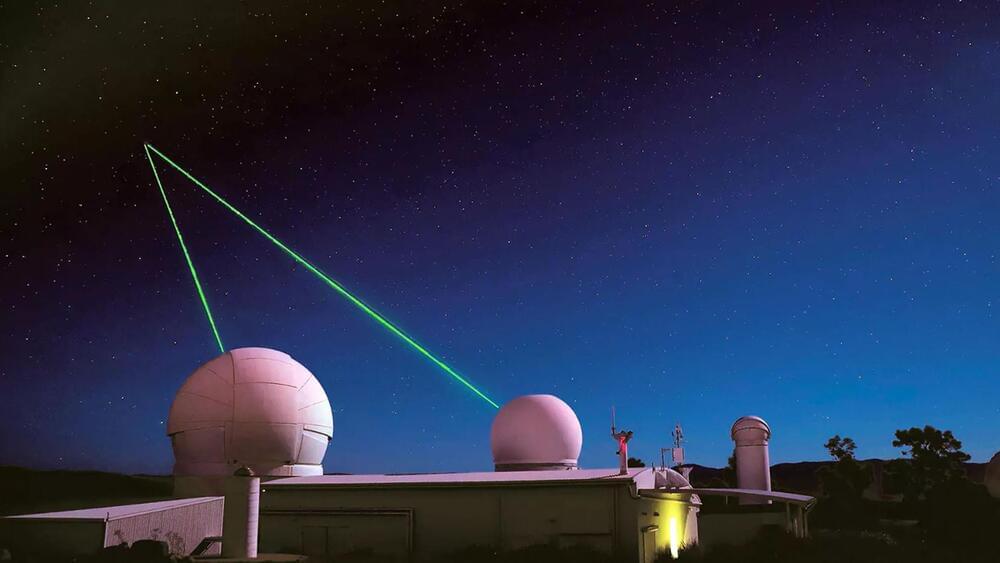Jan 18, 2024
First 10-cm glass metalens promises stunning views of Sun, Moon, cosmos
Posted by Jeremy Dylan Batterson in categories: innovation, space
10 Centimeter Diameter metalens for astronomy.
A newly-developed “metalens” has showcased promise in capturing high-resolution images of celestial bodies like our Sun, Moon, and even some distant objects.
The Harvard John A. Paulson School of Engineering and Applied Sciences (SEAS) created the first all-glass metalens, which has a diameter of only 10 cm.
Continue reading “First 10-cm glass metalens promises stunning views of Sun, Moon, cosmos” »
